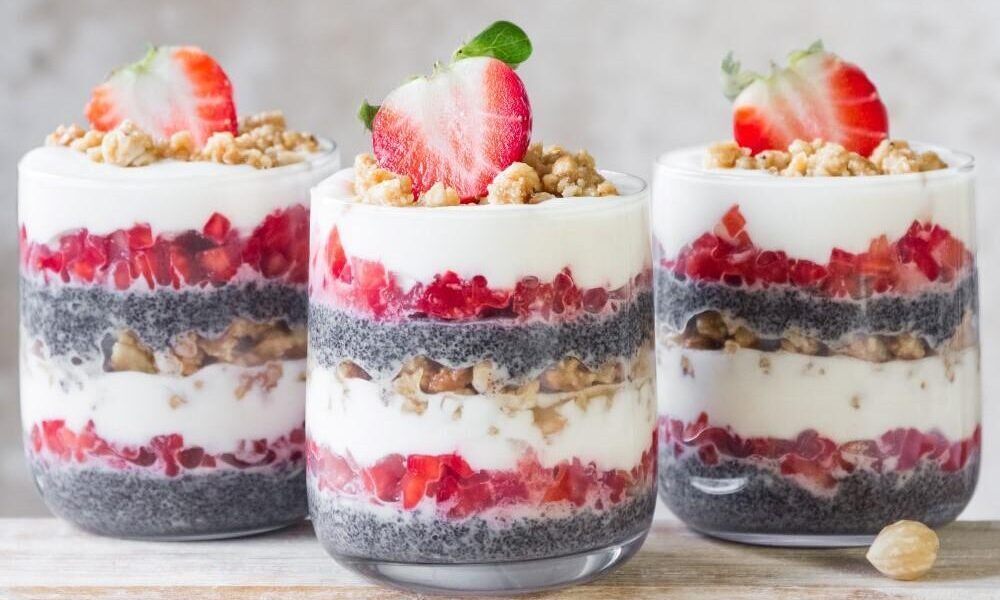Layered desserts are not just about indulgence; they’re a celebration of flavor, texture, and culture. These sweet creations, made by stacking different ingredients, bring a delightful contrast that appeals to both the eyes and the palate. Here’s a closer look at some iconic layered desserts from around the globe that showcase the unique culinary traditions of their regions.
Trifle

Trifle is a traditional British dessert known for its beautiful layers of sponge cake, custard, whipped cream, and fruit. Often soaked in sherry or fruit juice, its vibrant layers make it an eye-catching centerpiece for gatherings. Over the years, variations of trifle have emerged, with some featuring chocolate or berries, but the core elements of soft cake, creamy custard, and fresh fruit remain unchanged.
Tiramisu
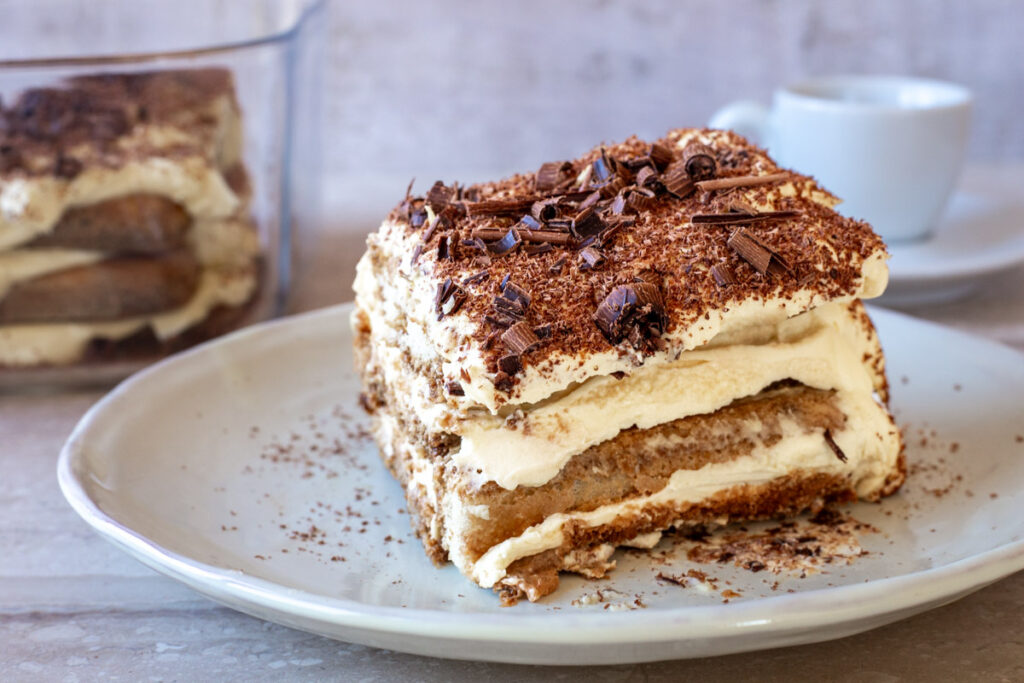
Tiramisu is one of Italy’s most famous desserts, a perfect blend of flavors and textures. Layered with coffee-soaked ladyfingers and creamy mascarpone, then dusted with cocoa powder, it strikes the ideal balance between sweet and bitter. Its smooth, rich texture and espresso flavor make it a beloved treat worldwide.
Chia Pudding

Chia pudding, made from chia seeds soaked in milk (or plant-based alternatives), is a healthier layered dessert option. Often topped with fruits, nuts, or granola, it provides a visually appealing and nutritious dessert that’s as versatile as it is delicious. This modern favorite has roots in ancient Central and South American traditions, where chia seeds were highly prized for their health benefits.
Kardinalschnitten

A truly elegant dessert from Austria, Kardinalschnitten is made with meringue layers that are crisp on the outside and soft inside, filled with whipped cream. It’s typically served as a folded, pillow-like treat and is flavored with vanilla or chocolate. A perfect balance of textures, this dessert is often reserved for special occasions and showcases Austria’s mastery in dessert-making.
Baklava
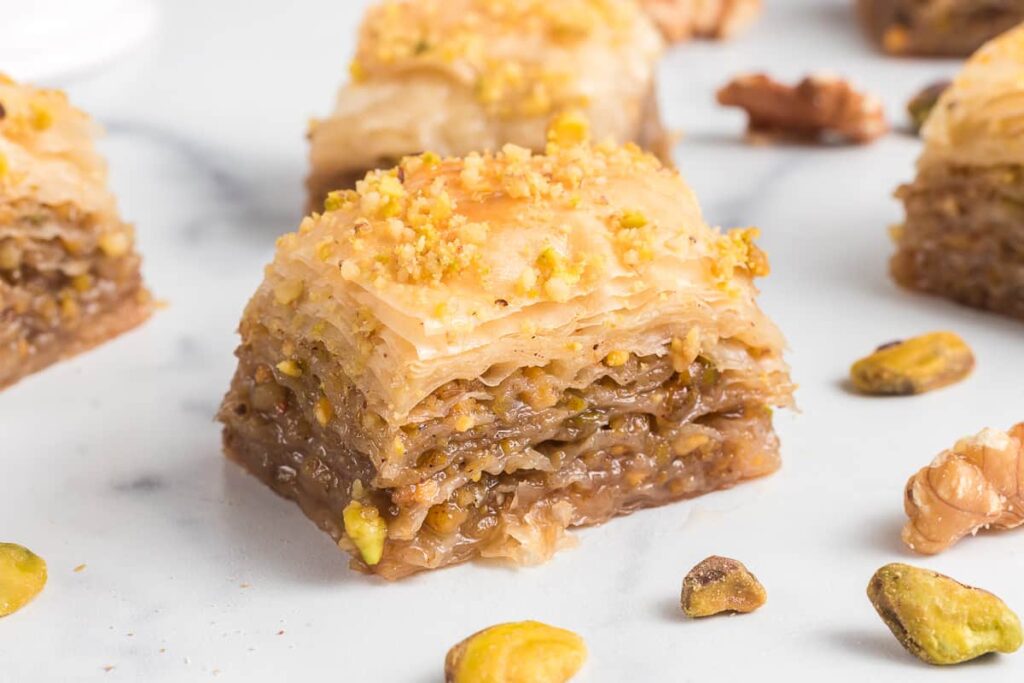
Baklava is a decadent pastry that’s become a symbol of Middle Eastern and Mediterranean cuisine. It’s made by layering thin sheets of filo dough with finely chopped nuts — typically pistachios, walnuts, or almonds — and sweetened with honey or syrup. Its crispy, flaky texture and sweet, nutty filling make it a favorite for celebrations.
Pavlova
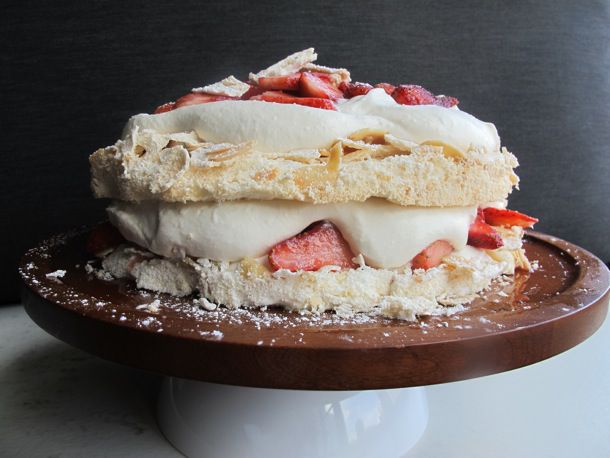
Named after the Russian ballerina Anna Pavlova, this dessert is a true showstopper. Pavlova features a crisp meringue exterior with a soft, marshmallow-like interior. It’s typically topped with whipped cream and fresh fruits such as strawberries, kiwi, and passionfruit. This refreshing dessert is a staple in both Australia and New Zealand, often enjoyed during summer festivities and holidays.
Parfait

In France, parfait refers to a creamy, layered frozen dessert typically made from custard, cream, and a variety of flavorings such as vanilla or fruit. The American version, which is often made with layers of yogurt, granola, and fresh fruit, has also become a popular option. The clear layers make parfaits visually stunning, while the combination of textures provides a delightful experience with every spoonful.
Kue Cubir

Kue Cubir is a traditional Indonesian layered cake made from rice flour and coconut milk. Its chewy texture and bright colors (often in green, pink, or white) come from the use of pandan leaves and natural food coloring. The layers are stacked to create a compact, vibrant dessert, often served during festivals or special occasions. It’s a visual and flavorful representation of Indonesia’s rich culinary heritage.
Bingsu

Bingsu is a popular Korean shaved ice dessert that’s especially refreshing during the summer months. The finely shaved ice is layered with sweetened condensed milk, red bean paste, fruit, and sometimes chewy rice cakes (tteok). The layers of toppings add flavor and texture to the icy base, offering a perfect balance of sweetness and coolness.
Dobos Torte
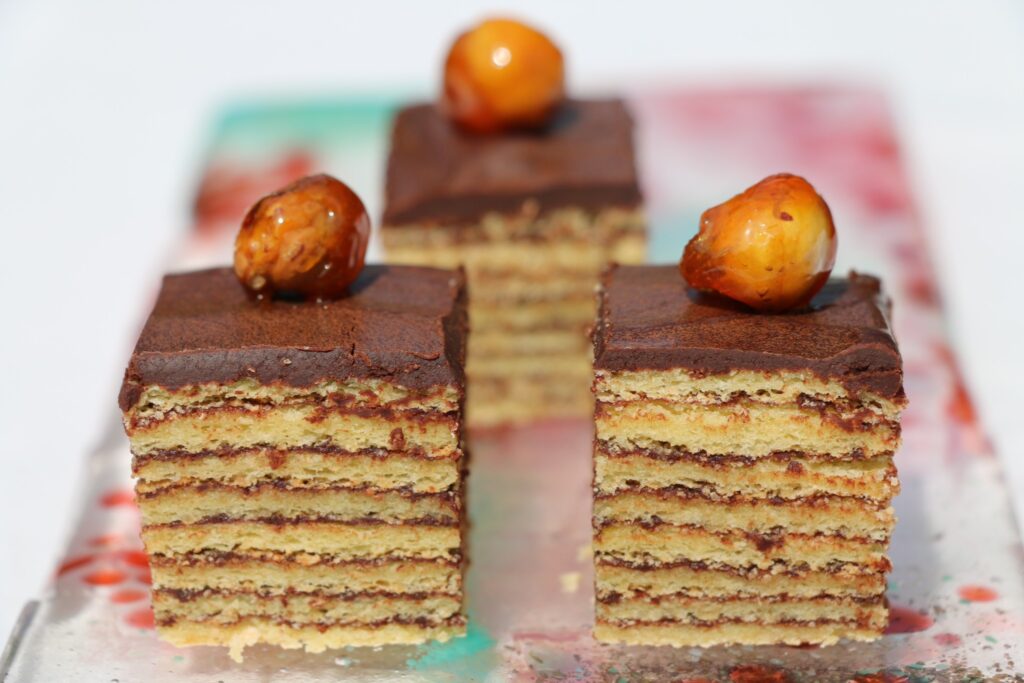
A traditional Hungarian cake, Dobos Torte features multiple layers of light sponge cake filled with rich chocolate buttercream. The top layer is covered with a thin, glossy caramel glaze, offering a crunchy contrast to the soft, creamy layers below. This iconic dessert is both elegant and indulgent, often served at celebrations in Hungary.
[Contributed By Anushka Gaikwad]

